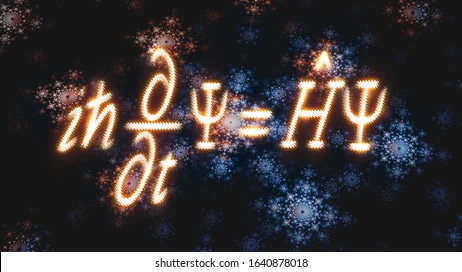Why does the universe feel solid, stable, and predictable if it’s made from the strange, ghostly building blocks of quantum mechanics?
This is the paradox that has haunted physics for over a century. Quantum theory is astonishingly successful it governs the behavior of atoms and subatomic particles, predicts phenomena with extraordinary accuracy, and powers technologies from lasers to transistors. Yet in our everyday world, we never see a cat that’s both dead and alive, a coin that’s simultaneously heads and tails, or a planet in a quantum blur of positions.
Instead, we observe one reality. One outcome. One version of events.



